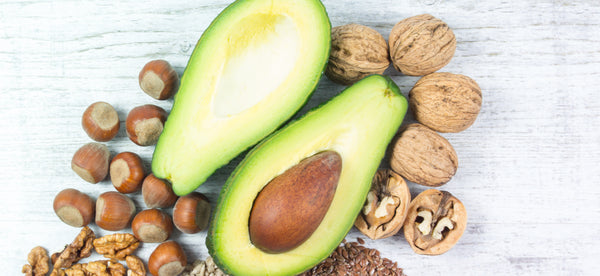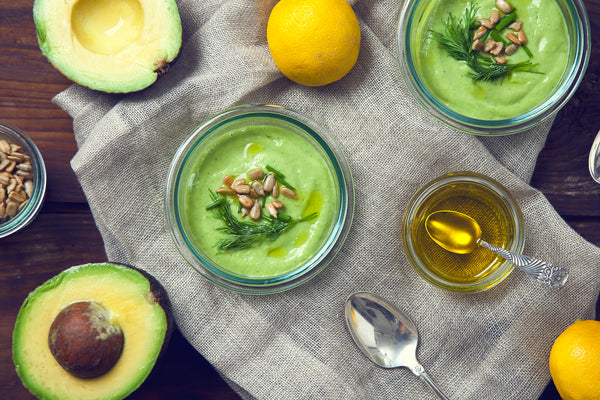


We often think of gastrointestinal health when we think of dietary fiber. The truth is fiber does so much more for health than helping with digestion. It helps with the symptoms of diabetes and can even promote weight management. But, before we get into all the wonderful benefits of eating more fiber, let’s find out what fiber really is.
Dietary fiber describes the indigestible parts of plant foods, such as in whole grains, beans, fruits, or vegetables. These substances aren’t broken down by the different enzymes in the gastrointestinal system like other types of foods. Therefore, dietary fibers pass through the body largely intact.
There are two types of fiber: soluble and insoluble. Soluble fiber is basically the kind that dissolves in water, forming a gel-like consistency. This gel helps slow down digestion. Soluble fiber is found in legumes, nuts, seeds, oats, barley, and apples. Insoluble fiber increases the bulk of the stool and helps move things along in the gastrointestinal tract. It’s found in whole grains, wheat bran, nuts, green beans, potatoes, and other vegetables.
Many plant-based foods have both types of fiber, but the amounts vary. To reap the most health benefits from fiber, strive to get a wide range of high-fiber foods in your everyday diet.
Both forms of fiber play an important role in health, including the following advantages:
According to the Academy of Nutrition and Dietetics, adult women should aim for at least 25 grams of fiber per day, while men should get at least 38 grams. Incorporate more fiber into your diet by choosing high-fiber foods, such as the following:
 NUTRITION
NUTRITION
 RECIPES: VEGAN OTHERS
RECIPES: VEGAN OTHERS
 NUTRITION
NUTRITION
Sign up today to receive weekly Beauty, Nutrition and Lifestyle tips, exclusive offers, and 10% off your first purchase.
Our beauty and wellness brand offers support, services and products to help you become WELL WITHIN your skin, mind and body.
Sign up today and receive your special Friends and Family 20% off your first purchase, valid until May 31, 2017.
Stay Ever Well,
Lynne + Renee
Co-founders
Thank you for signing up today to receive weekly Beauty, Nutrition and Lifestyle tips, exclusive offers and your special Friends and Family 20% off your first purchase, valid until May 31, 2017.
Stay Ever Well,
Lynne + Renee
Sign up today to receive weekly Beauty, Nutrition and Lifestyle tips, exclusive offers, and 10% off your first purchase.
Leave a comment
Comments will be reviewed prior to posting.